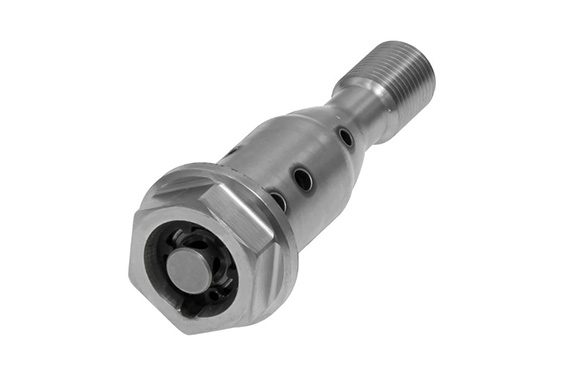Did you know that your car has a heater control valve? It’s the little knob on the dashboard near the heat vents. Most people don’t know what it does, or even what it’s for. In this blog post, we’ll explain what a heater control valve is and what it does. We’ll also show you how to replace it if it goes bad. Stay warm out there!
What Does A Heater Control Valve Do
A heater control valve is a device that regulates the flow of coolant through the heater core in a vehicle. The valve is typically controlled by a knob or switch inside the vehicle, and it is used to regulate the amount of heat that is produced by the heater.
By controlling the flow of coolant, the heater control valve is able to adjust the temperature of the air that is delivered to the passenger compartment. In some cases, the valve may also be used to route coolant around the heater core when it is not needed, which can help to improve fuel economy.
How do you know if your heater control valve is bad?
A heater control valve is an important component of a car’s heating system, and it can fail for a number of reasons. If the valve is not opening or closing properly, the car’s engine will not be able to reach the correct temperature, and the car will not produce heat. In addition, if the valve is faulty, coolant may leak into the car’s cabin, causing the temperature to drop suddenly.
There are a few ways to tell if a heater control valve is failing. For one, the car’s engine may not reach operating temperature as quickly as it should. Additionally, the car may produce odd smells or strange noises when the heater is turned on. Finally, there may be coolant stains on the floor of the car or on the heater controls themselves. If you notice any of these symptoms, it is important to have the heater control valve checked by a qualified mechanic.
Does the heater control valve affect AC?
The heater control valve is an important part of the vehicle’s AC and ventilation system. It is responsible for regulating the flow of hot coolant to the heater core. When the valve is open, hot coolant flows through the heater core and warms the air that is sent to the cabin. When the valve is closed, coolant does not flow through the heater core and the air remains unheated.
In most cases, the heater control valve is controlled by a switch inside the vehicle cabin. In some cases, the valve may also be controlled by an electronic controller. The engine must be running in order for the heater control valve to function properly. If the engine is not running, the valve will not be able to open or close. As a result, no heat will be produced and the cabin will remain unheated.
Is a heater control valve necessary?
Many factors must be considered when deciding whether or not to install a heater control valve in your car. One important factor is the climate in which you live. If you live in an area with very cold winters, a heater control valve can help to keep your engine from freezing. Another factor to consider is the type of engine you have.
If you have a diesel engine, a heater control valve can help to prevent the engine from overheating. Finally, you should also consider the cost of installation and the potential benefits of having a heater control valve. While the initial cost may be high, the long-term savings on your fuel bill may make it worthwhile.
Can a heater control valve cause no heat?
A heater control valve is a vital component of any vehicle’s heating system. The valve controls the flow of coolant to the heater core, and it is typically located near the firewall on the engine side of the vehicle.
If the valve fails to open, coolant will not flow to the heater core and the vehicle will have no heat. In some cases, the heater control valve may become stuck in the closed position due to debris or corrosion. If this happens, the only way to restore heat to the vehicle is to replace the valve.








